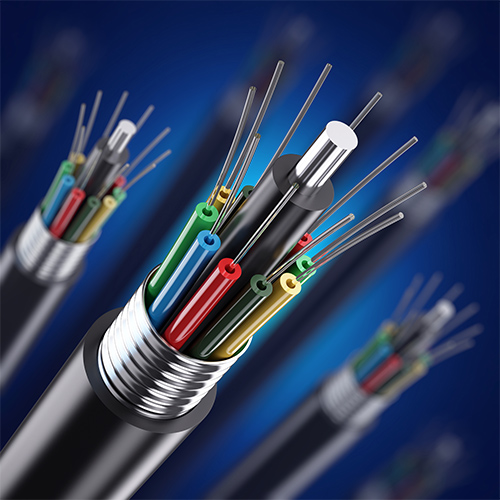The production method of longitudinal watertight cable manufacturers
Watertight cables are generally divided into two categories: horizontal watertight and vertical watertight. Horizontally sealed cables, that is, the outer sheath of the cable is well-made, to prevent the infiltration of water when the cable is used underwater and destroy the transmission function of the cable. However, when the horizontal watertight cable is used underwater, due to the pressure caused by the depth of the water, it cannot be laid and operated in deeper water; and once the outer sheath is damaged, it will cause a large amount of water seepage along the length of the cable. Burnout, such as seepage of water into the equipment, or even damage to the equipment. Longitudinal watertight cables are mainly used in power transmission, control and signal transmission cables for ships, civil ships, marine detectors, marine signal detection equipment, etc. The current longitudinal watertight cables in European and American countries generally use a powder to fill the internal gaps of the cables. When the cable is partially damaged, the powder expands in contact with water to achieve the purpose of blocking water. But the biggest drawback of this technology is that it does not completely prevent the penetration of water, a small amount of water will seep in, and then over time it will seep into the entire cable. Faced with the current situation, it is necessary to develop a new type of watertight cable that adapts to the development level of modern technology, improve the waterproof ability of the cable, and meet the urgent needs of marine engineering for equipment construction and development.

